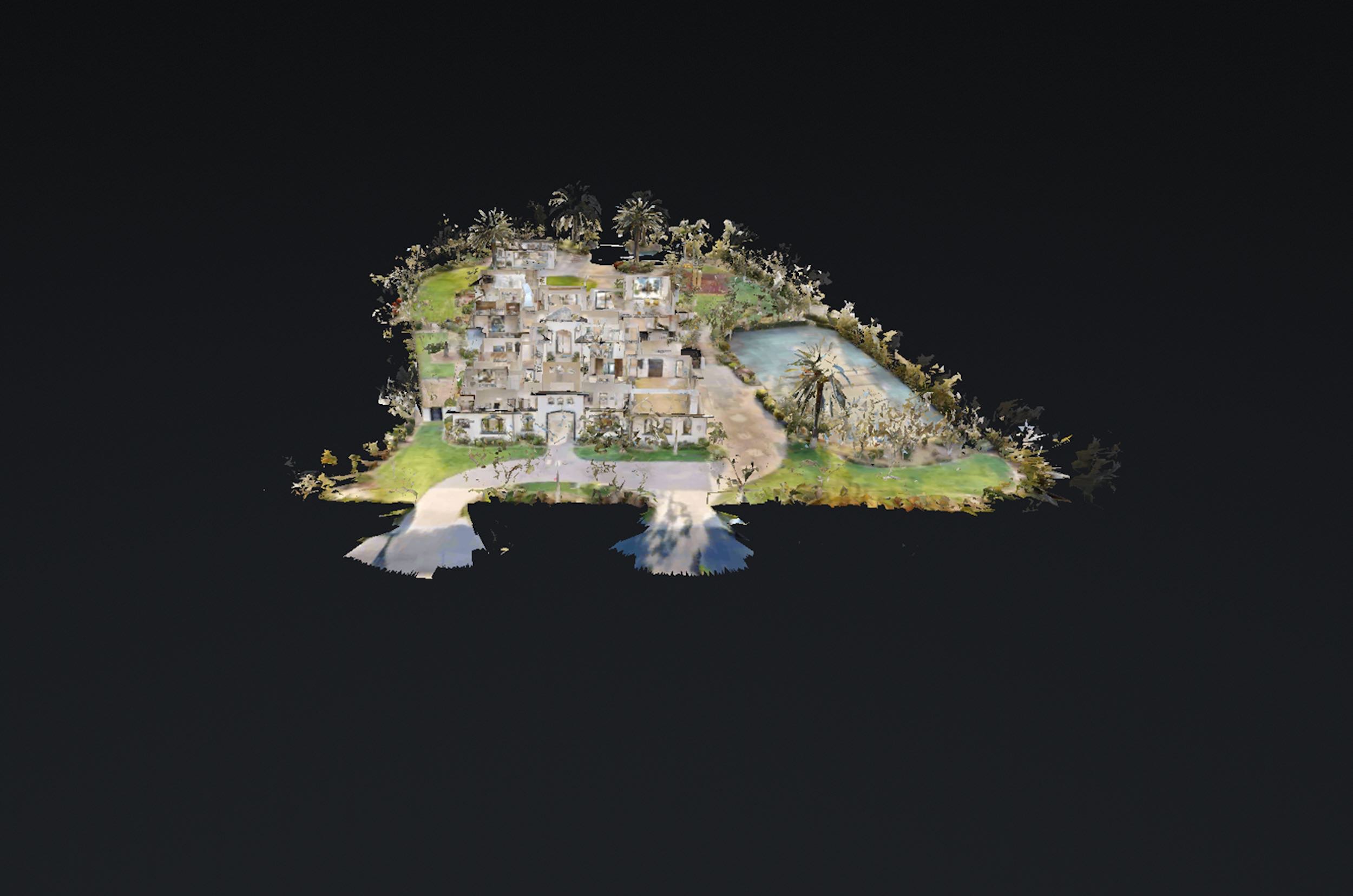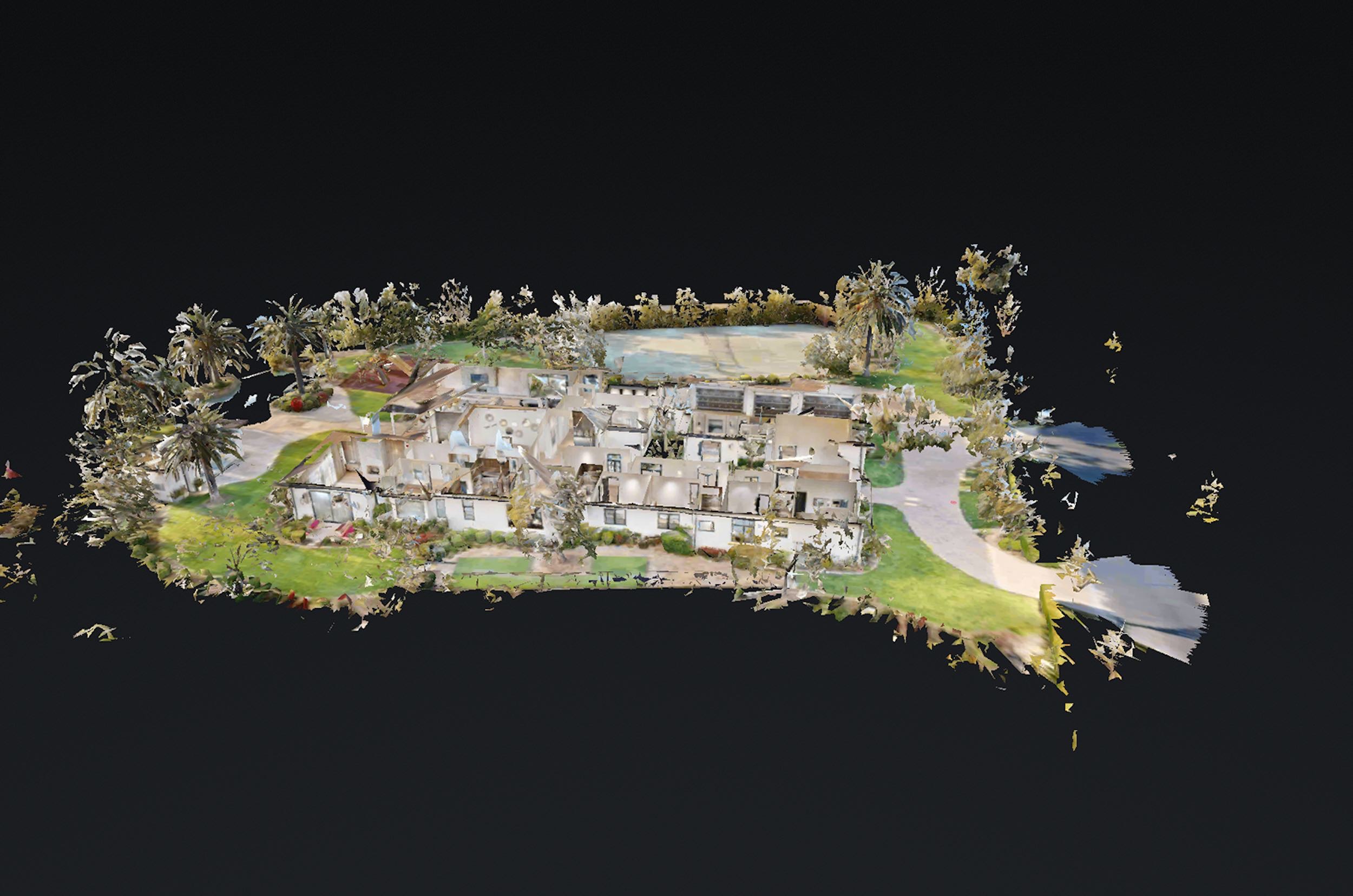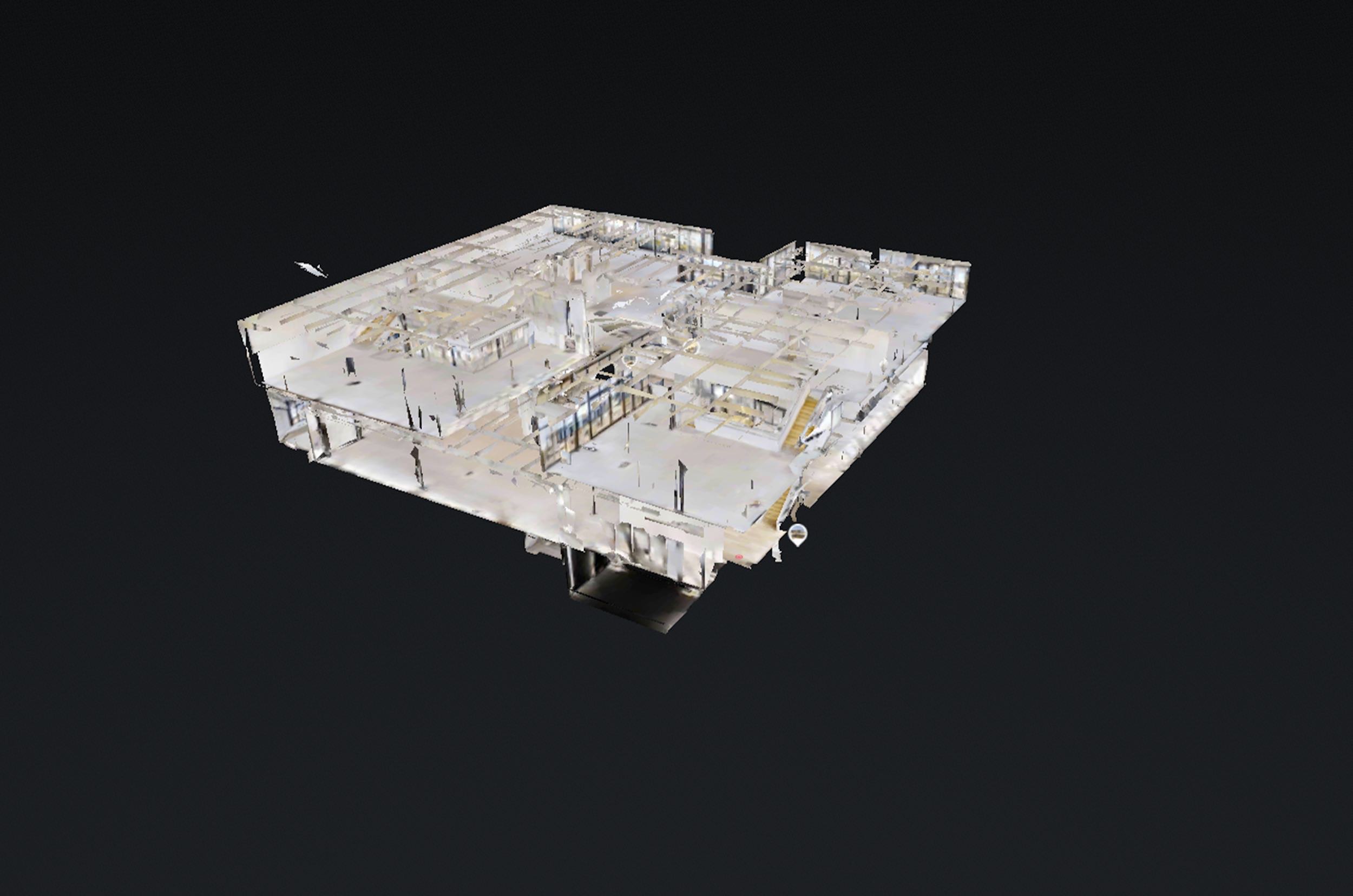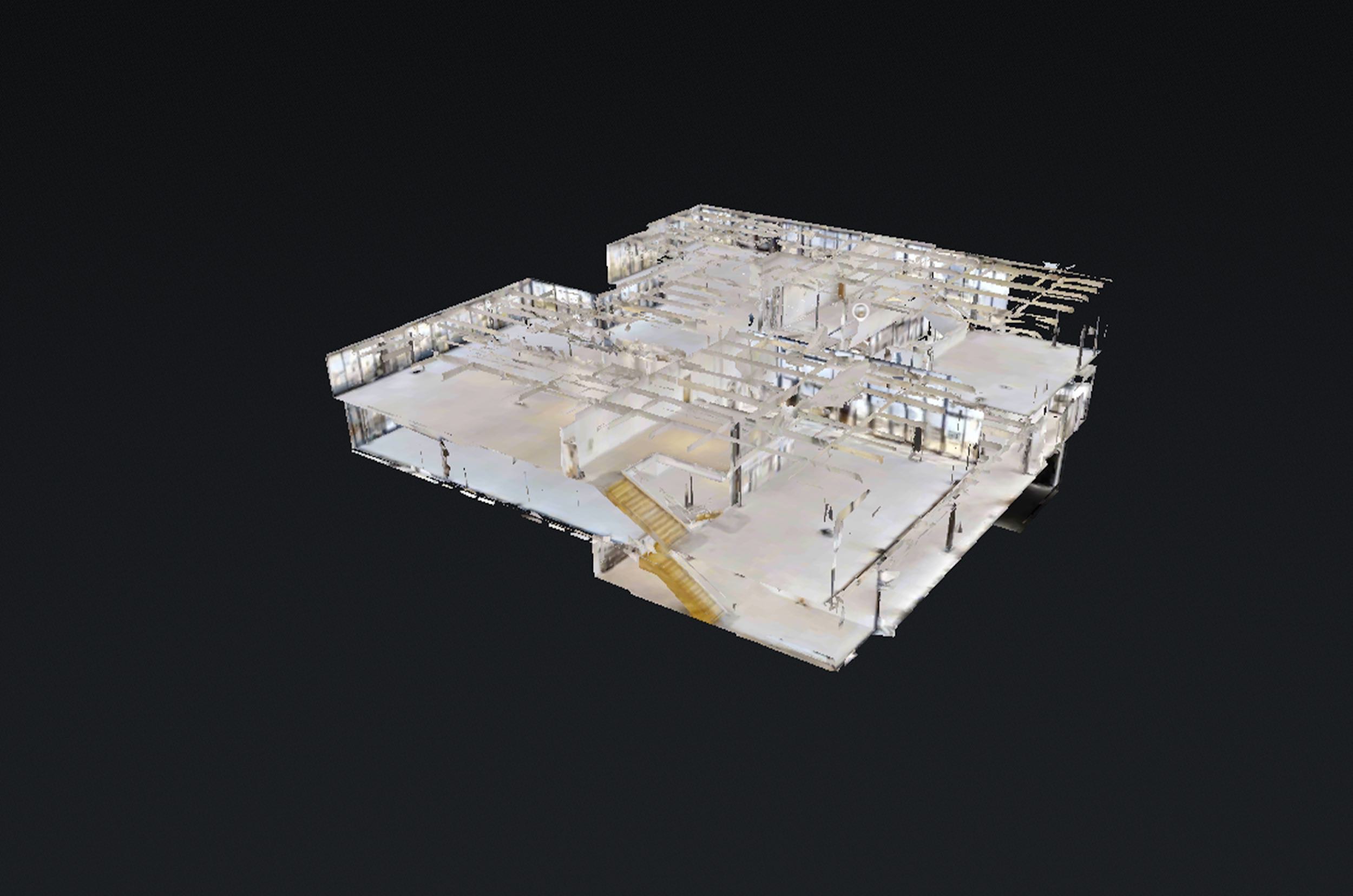In an era where digital presence is as crucial as physical storefronts, 360 virtual tours are transforming the retail landscape, especially for product showrooms. These immersive experiences not only bridge the gap between online and in-store shopping but also offer customers a new way to explore products in detail without stepping outside their homes.
This blog will delve into the innovative use of 360 virtual tours in retail showrooms, highlighting new ideas and advice to maximize their potential in creating engaging and interactive customer experiences.
- Interactive Product Annotations Enhance the virtual tour experience by integrating interactive annotations. These can provide detailed information, backstory, or even video demos of the products as customers navigate through the showroom. Such features enrich the shopping experience, offering a level of engagement similar to having a personal guide.
- Customizable Viewing Paths Implement customizable viewing paths in your 360 virtual tours to cater to different customer preferences. Allow visitors to choose their journey based on product categories, price ranges, or themes, creating a personalized shopping experience that can guide them to their areas of interest more efficiently.
- Virtual Reality (VR) Integration Take the virtual tour to the next level by offering compatibility with VR headsets. This can transform the online showroom visit into a fully immersive experience, making customers feel as though they are physically browsing through the store, thus enhancing emotional engagement with the brand and products.
- Live Chat and Consultation Incorporate live chat or video consultation options within the virtual tour. This feature can replicate the in-store experience of having sales personnel assist customers in real-time, providing immediate answers to queries and personalized recommendations based on customer interactions within the tour.
- Social Sharing and Wishlist Creation Facilitate social sharing directly from the virtual tour, allowing customers to share their favorite finds with friends and family, which can increase brand exposure and attract new customers. Additionally, enable customers to create wishlists or virtual shopping carts as they navigate the tour, streamlining the transition from browsing to purchasing.
Conclusion: 360 virtual tours represent a groundbreaking shift in retail, offering an innovative and dynamic way to showcase product showrooms. By integrating interactive elements, personalization features, VR technology, live support, and social sharing capabilities, retailers can create a virtual shopping experience that not only mimics but often surpasses the traditional in-store visit.
As we move forward, the adoption and creative enhancement of 360 virtual tours will be key in defining the future of retail, providing customers with a seamless, engaging, and comprehensive shopping experience that bridges the gap between physical and digital realms.







